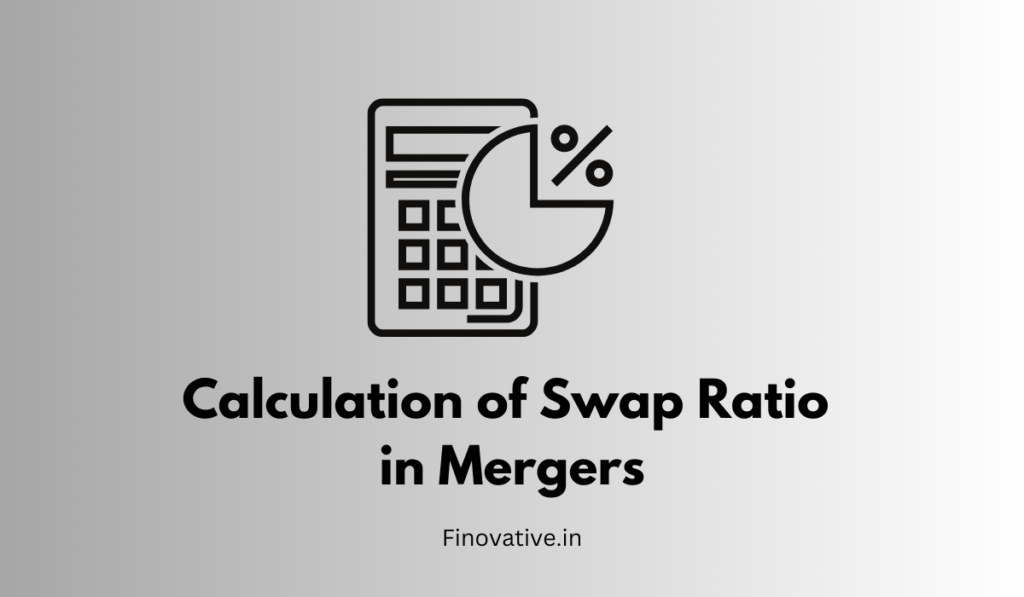Mergers, often accompanied by complex financial mechanisms, involve the exchange of shares between companies. A central aspect of this process is the calculation of the swap ratio. In this article, we’ll demystify the method behind swap ratio calculation in mergers, providing a clear understanding of its components and addressing common questions.
What is Swap Ratio?
The swap ratio defines the ratio at which shareholders of the acquiring company receive shares in the target company in exchange for their existing shares. This ratio plays a pivotal role in determining the post-merger ownership structure of the new entity.
Components of Swap Ratio Calculation
Valuation of Companies:
The first step involves assessing the valuation of both the acquiring and target companies. This valuation considers various factors, including financial statements, assets, liabilities, future cash flows, and market conditions.
Share Exchange Value:
Calculate the value of shares of both companies that will be exchanged in the merger. This entails multiplying the number of shares outstanding by the market price per share.
Desired Ownership Structure:
Companies aim to balance their desired ownership percentages in the merged entity. This proportion becomes the basis for the swap ratio.
Calculation Formula:
The formula for swap ratio calculation is straightforward:
Swap Ratio = (Value of Target Company / Value of Acquiring Company)
For example, if the target company’s value is $100 million and the acquiring company’s value is $150 million, the swap ratio would be 2:3.
Factors Influencing Swap Ratio
Relative Valuations:
The relative valuations of the companies directly impact the swap ratio. A company with a higher valuation may command a larger share of the merged entity.
Synergies:
Anticipated synergies and potential value creation resulting from the merger can influence the willingness to accept a certain ratio.
Negotiations:
Negotiations between the parties can lead to adjustments in the swap ratio based on mutual agreements.
FAQs About Swap Ratio Calculation
1. Can the swap ratio be based on financial performance alone?
While financial performance is a significant factor, the swap ratio is a comprehensive calculation that considers various aspects, including valuations, market conditions, and potential synergies.
2. What happens if companies have differing opinions on the swap ratio?
Negotiations between companies are common in mergers. If there’s a significant disparity in opinions, both parties may engage in discussions to arrive at a mutually acceptable ratio.
3. Are shareholders involved in determining the swap ratio?
Shareholders’ opinions matter, but the final decision rests with the companies’ management and board of directors. Shareholders can influence decisions through voting during shareholder meetings.
4. Can the swap ratio change after it’s announced?
Yes, circumstances such as market fluctuations, changes in valuations, or unforeseen events can prompt adjustments to the swap ratio. Shareholders’ approval might be required for substantial changes.
Conclusion
Calculating the swap ratio in mergers is a blend of financial evaluation, negotiation, and strategic considerations. It shapes the post-merger ownership landscape and has a significant impact on shareholder interests. By grasping the core components and factors influencing swap ratio calculations, stakeholders gain insights into the intricacies of mergers and can participate more effectively in discussions and decisions. Always remember that expert advice can provide invaluable guidance in this intricate process.


